| Collaborations and partnerships are at the center of sustainable development (SDG#13). After a successful collaboration with the Laguna Art Museum in 2018, we have again worked together in the 2019 version of the Art and Nature Festival. This year, we collaborated with the art education department of the museum in preparing an evening for educators in October and the Family Festival in November, event in which we explored the possibilities of making simple inks with art educators, families and enthusiastic children who came together in a day of painting. We thank the Laguna Art Museum for this fantastic opportunity, and most importantly, for creating the conditions for children to be exposed to sustainable art experiences. For more information: https://lagunaartmuseum.org/events/art-nature-family-festival/ | The CAES booth allowed participants the ability to explore mark-making tools using sustainable materials. They created paintbrushes with natural materials like sticks, feathers, wheat, and shells, as well as with recycled materials like cardboard, recycled plastic bags and fabric. Then they explored and collaborated with each other (sharing the brushes) to experiment with the marks that each brush created. |
In August of 2015 CAES carried out its first international workshop promoting self-sustainable art processes. The program was implemented in partnership with Zona Imaginaria, a residency program that promotes social integration and community engagement in the barrio Villa Jardín (San Isidro area in northern Buenos Aires) that is led by its founder Lucrecia Urbano. After years of hosting artists and educators, Zona Imaginaria has now released a book. In it, CAES' first workshop  Our time in Zona allowed for remarkable situations. For example, sharing a mate with the students during the prelude to our first workshop and then extracting pigments from the same mate to make paint, served as a perfect example of the kind of work CAES aims to accomplish. Also valuable was the participation of Jorge, a local produce vendor on Blanco Encalada Ave. (three blocks from Zona Imaginaria) - Jorge saved us scraps such as onion skins and corn leaves, which made his store our most valuable source for fibers to make paper with. Making these sorts of relationships is an essential aspect of creating long-lasting and self-sustainable practices in art education, and it ignites the kind of community engagement we promote.
Continuing its mission to promote self-sustainable methods in art, the Center for Art Education and Sustainability - CAES presents the second of a series of two original short documentaries on ceramic processes. This one demonstrates the simple and ancient method of smoke-firing clay:
Narrated by David Garzón Barbosa
Directed and edited by Iván D. Asin Produced by the Center for Art Education and Sustainability (CAES) Director of Photography: Iván D. Asin Students in the film: Valentina Castrillón, Marina Echeverría, Estefanía Hernández Bedoya, Melany Hernández Bedoya, Amparo Martínez, María Lucely Martínez and Allexayra Velásquez. Special Thanks to: Andrés Monzón, Irina Lambert, Natalie Ann Johnson, Tara Callen, Campos de Gutiérrez, Aurelius for the Arts and Artolution.
Copyright © 2016 by CAES
All rights reserved. No part of this film may be reproduced without written permission. The film is not intended for instructional purposes. CAES and the filmmaker disclaim any liability in connection with the use of information in this film.
Continuing its mission to promote self-sustainable methods in art, the Center for Art Education and Sustainability (CAES) presents Processing Clay - first of a series of two original short documentaries on ceramic processes. This one demonstrates a simple way of finding and preparing clay.
Narrated by David Garzón Barbosa
Directed and edited by Iván D. Asin Produced by the Center for Art Education and Sustainability (CAES) Director of Photography: Iván D. Asin Students in the film: Valentina Castrillón, Marina Echeverría, Max Levi Frieder, Estefanía Hernández Bedoya, Melany Hernández Bedoya, Amparo Martínez, María Lucely Martínez and Allexayra Velásquez. Special Thanks to: Andrés Monzón, Irina Lambert, Natalie Ann Johnson, Tara Callen, Campos de Gutiérrez, Aurelius for the Arts and Artolution.
Copyright © 2016 by CAES
All rights reserved. No part of this film may be reproduced without written permission. The film is not intended for instructional purposes. CAES and the filmmaker disclaim any liability in connection with the use of information in this film. In August of 2015 CAES carried out its first international workshop promoting self-sustainable art processes. The program was implemented in partnership with Zona Imaginaria, a residency program that promotes social integration and community engagement in the barrioVilla Jardín (San Isidro area in northern Buenos Aires) led by its founder Lucrecia Urbano.
Our time in Zona yielded remarkable situations. For example, sharing a mate with the students during the prelude to our first workshop and then extracting pigments from the same mate to make paint, served as a perfect example of the essence of what CAES aims to promote. Also valuable was the participation of Jorge, a local produce vendor on Blanco Encalada Ave. (three blocks from Zona Imaginaria) - Jorge saved us scraps such as onion skins and corn leaves, which made his store our most valuable source for fibers to make paper with. Making these sorts of relationships is an essential aspect of creating long-lasting and self-sustainable practices in art education, and it ignites the kind of community engagement we promote. |
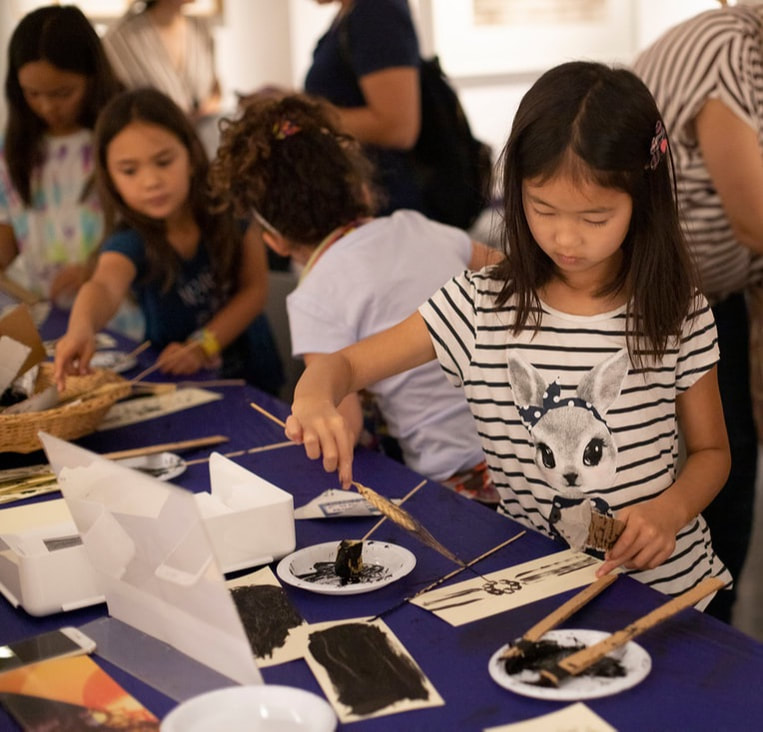


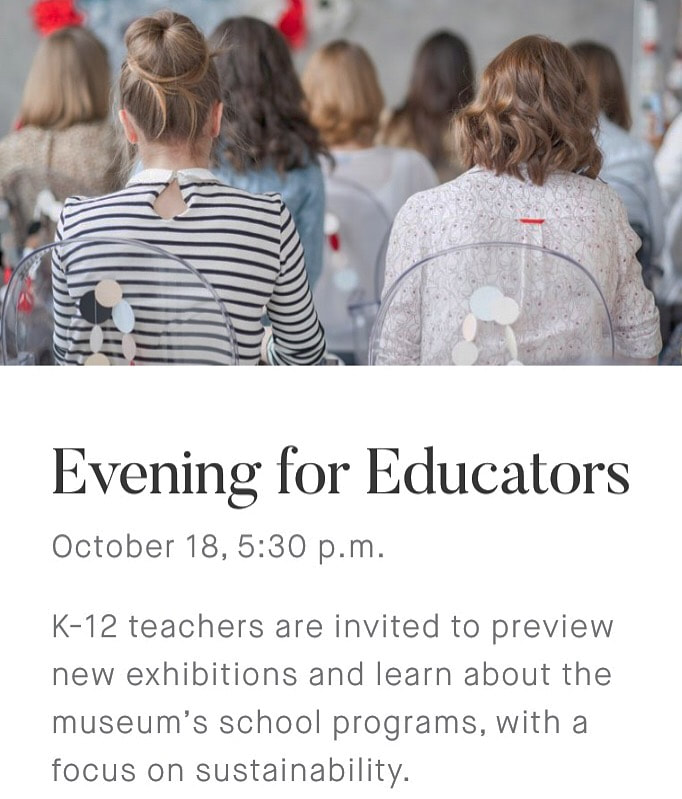
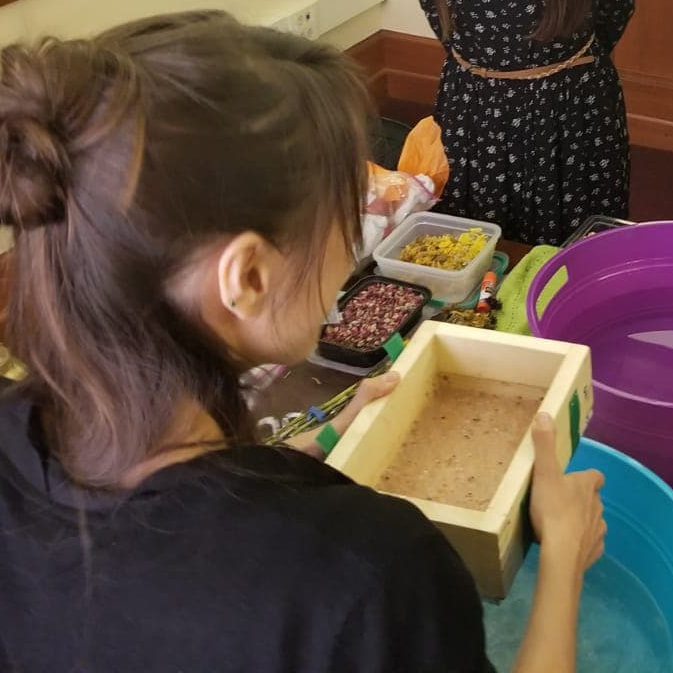


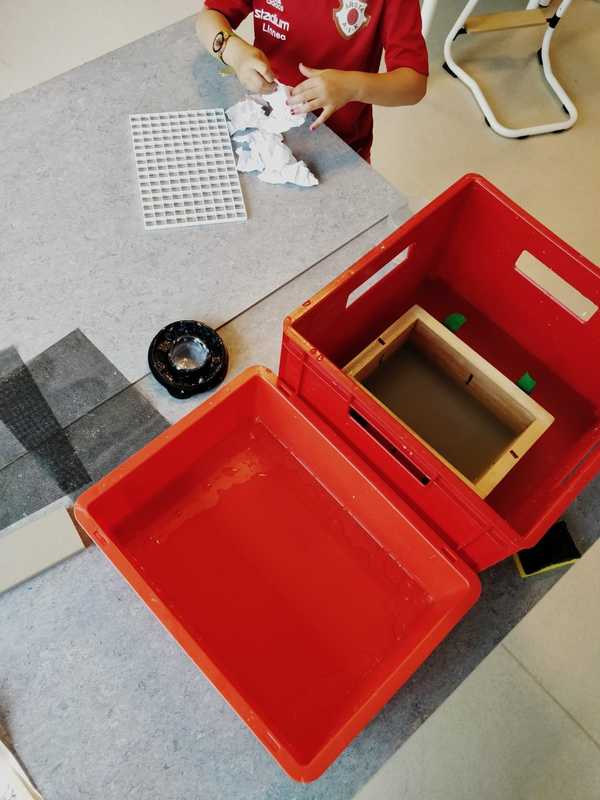
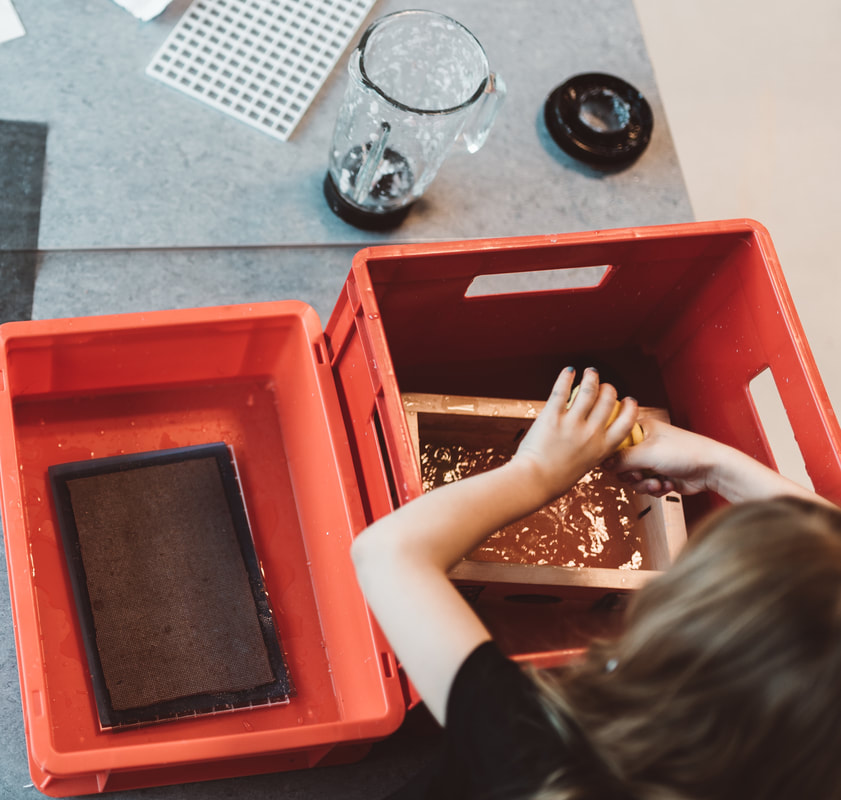
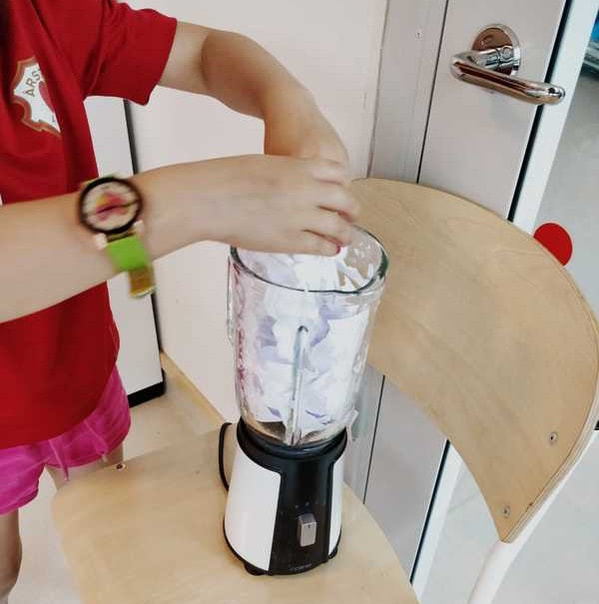

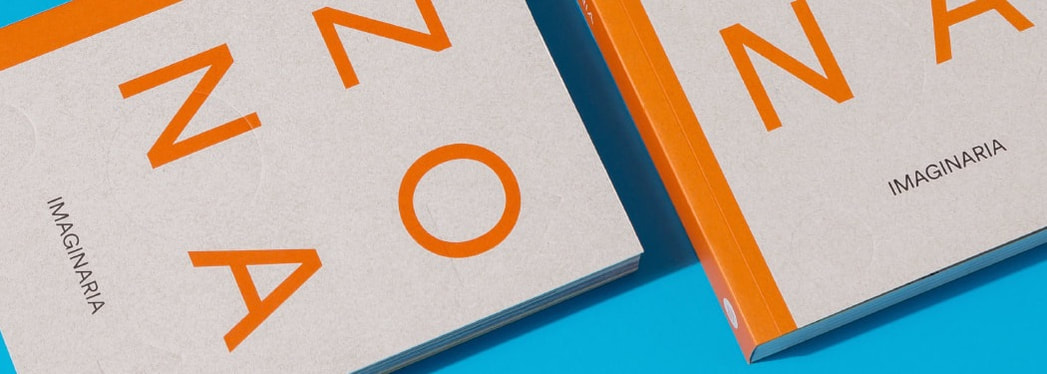
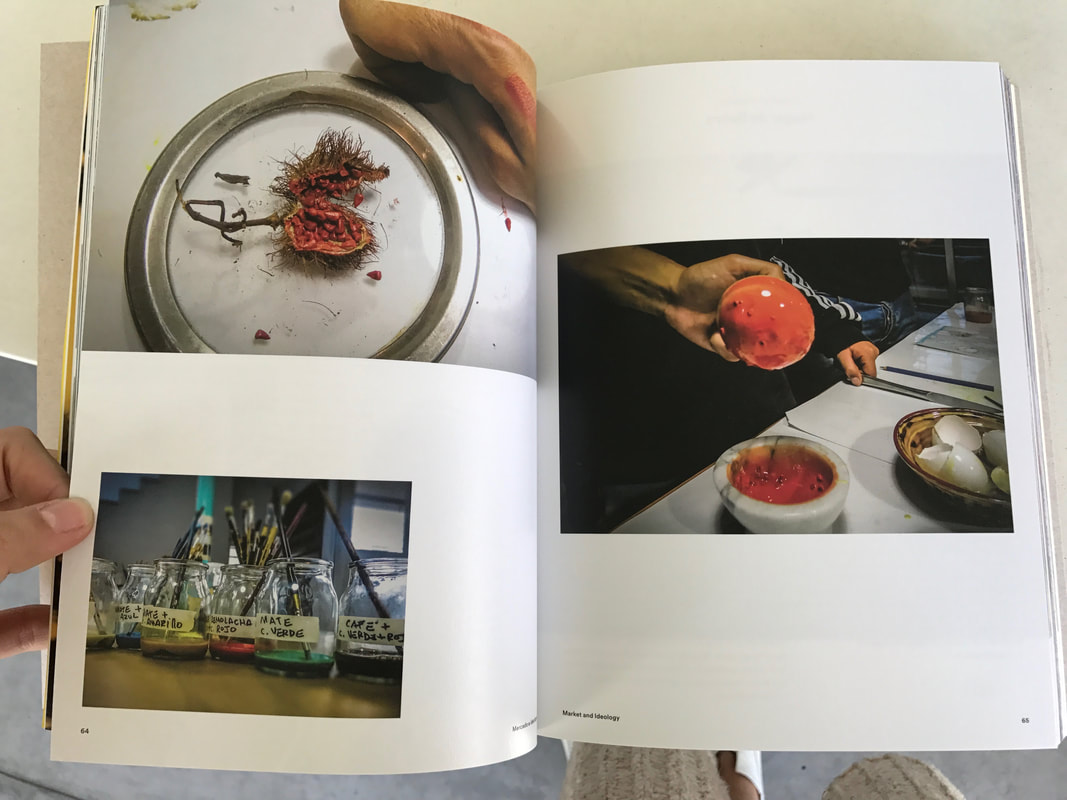


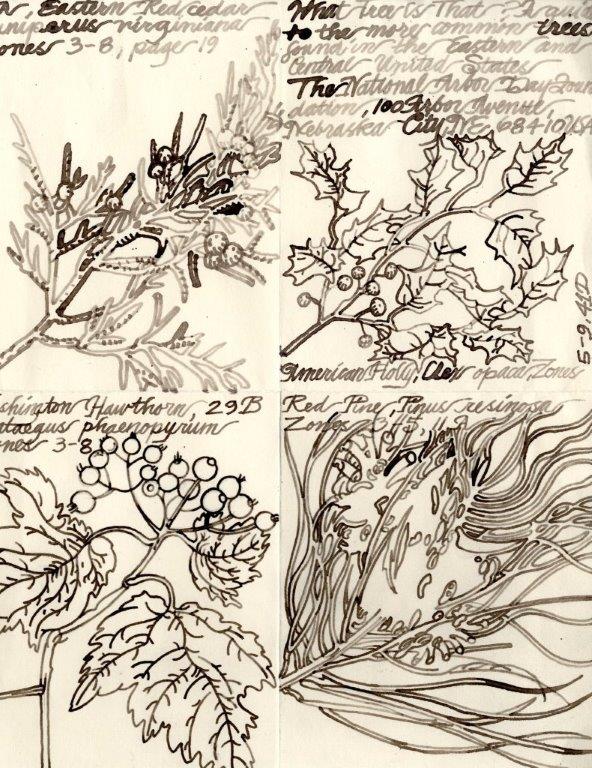
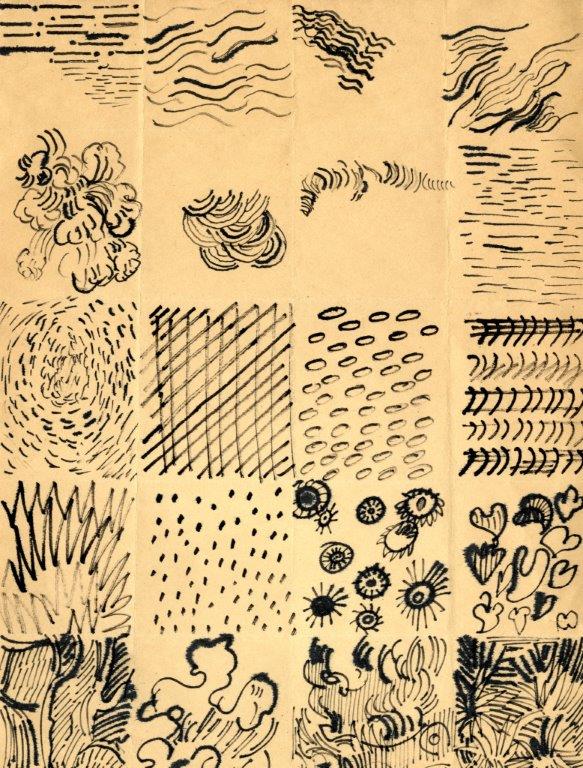

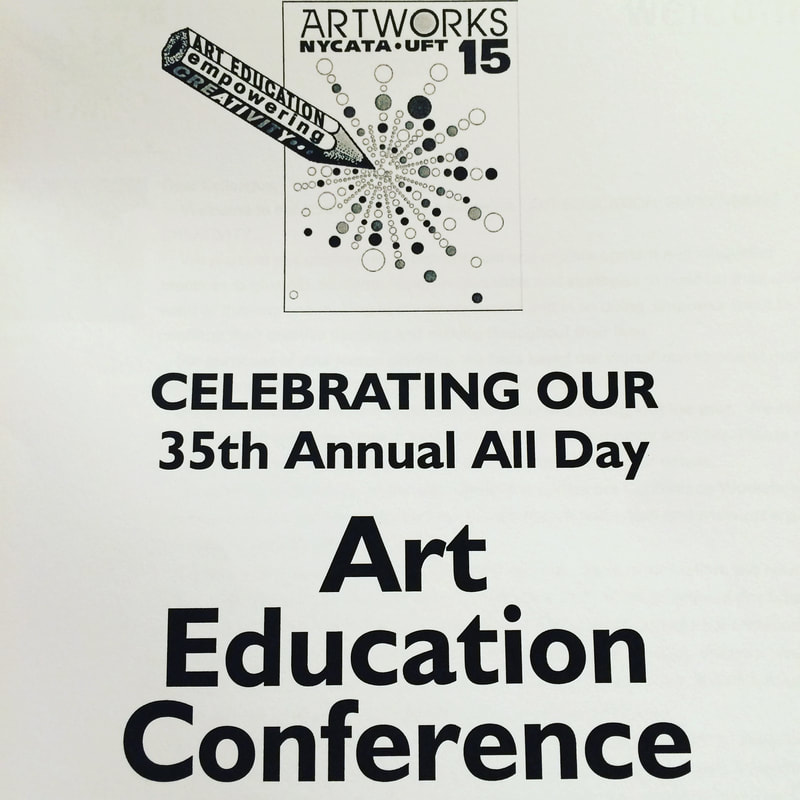
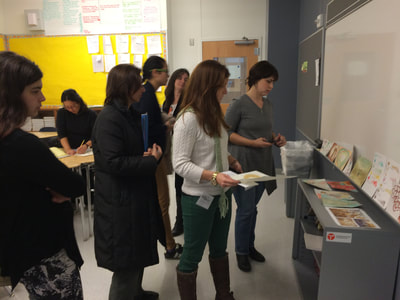
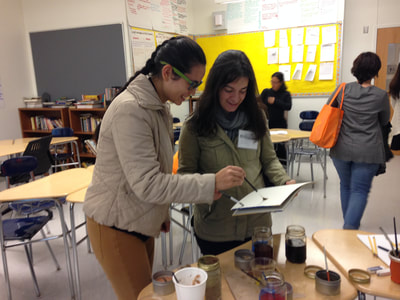


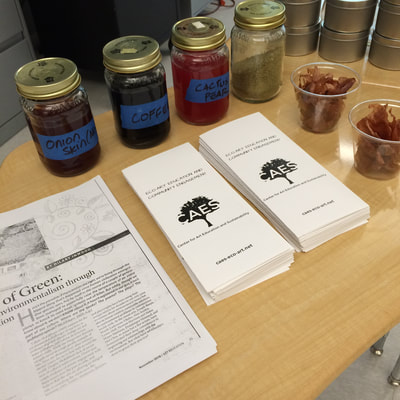
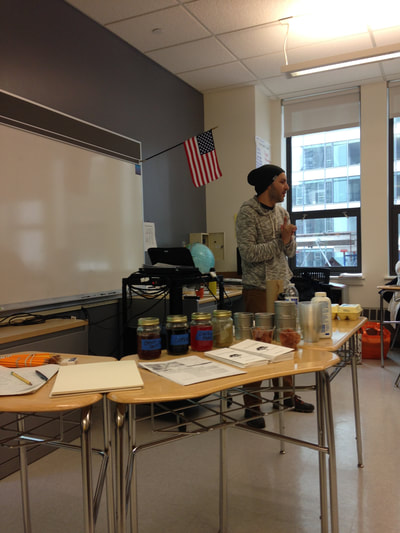
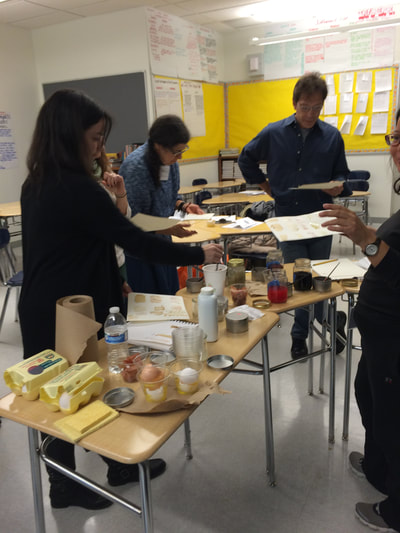

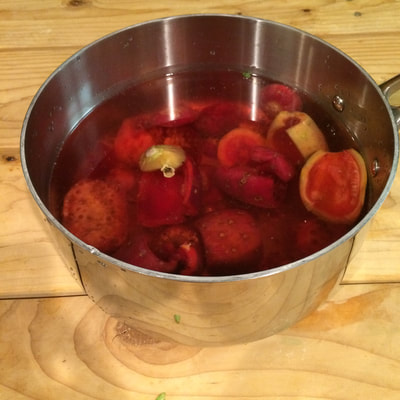
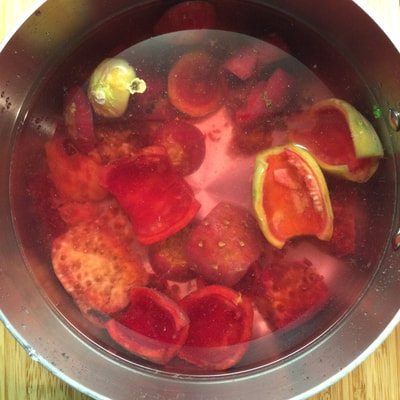

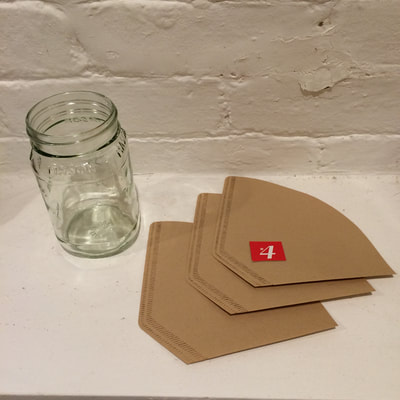


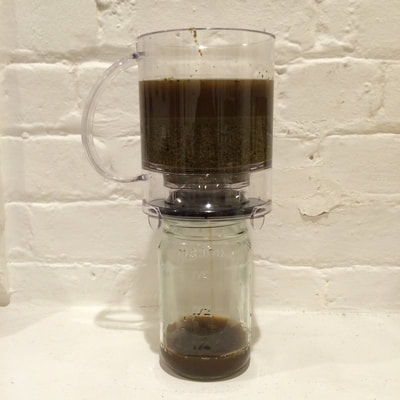
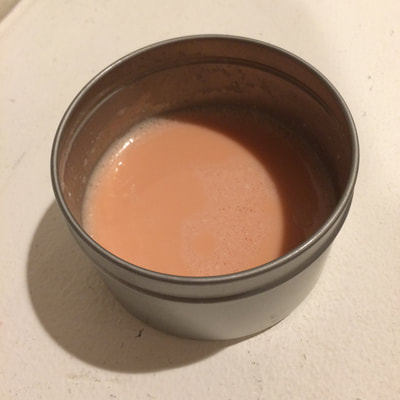



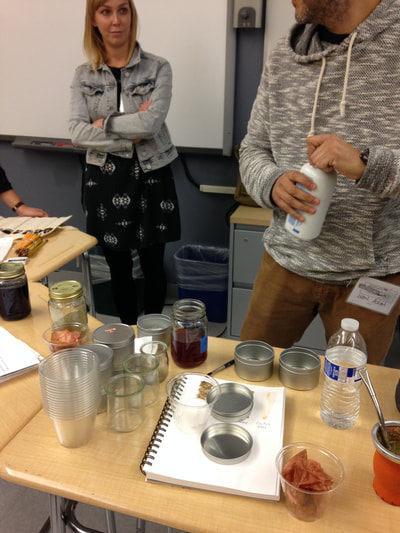


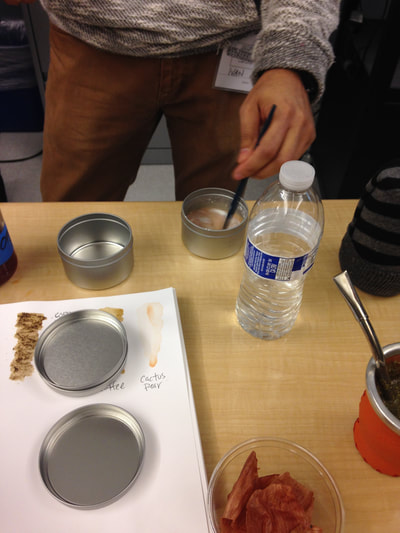




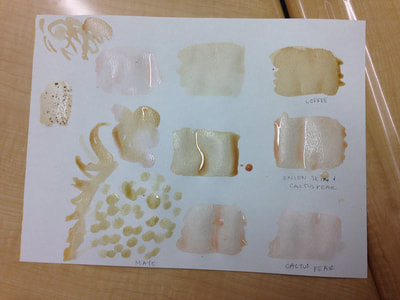

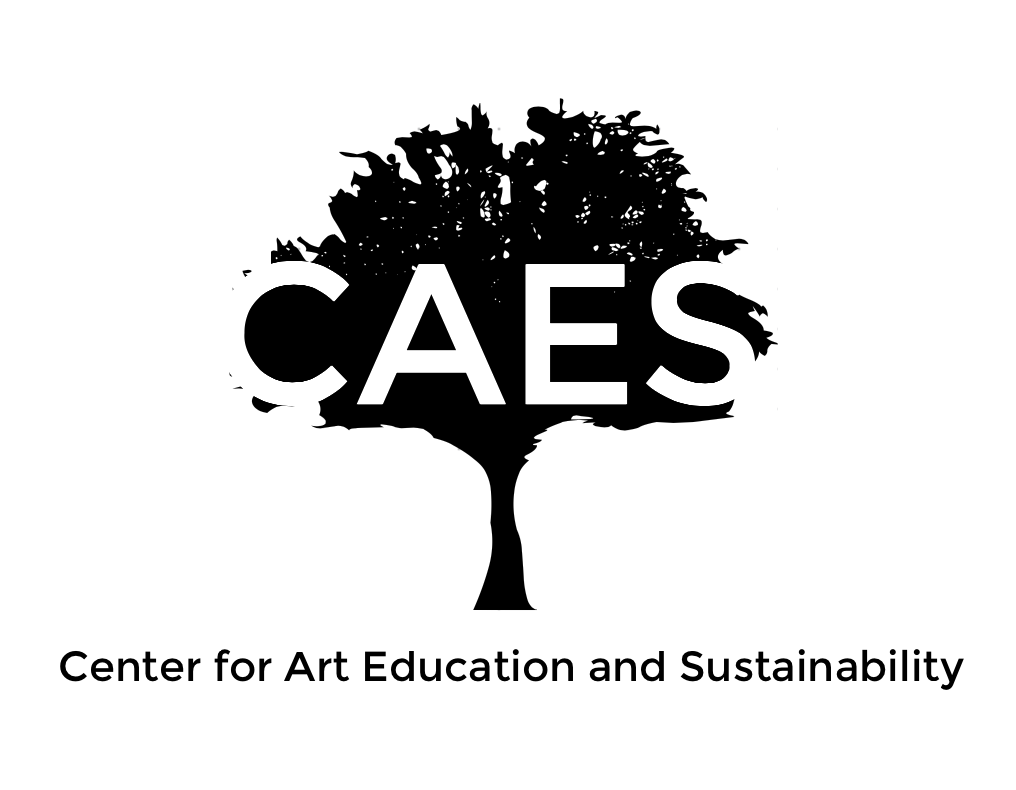
 RSS Feed
RSS Feed